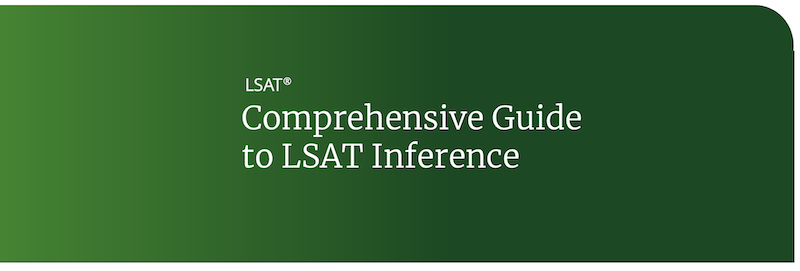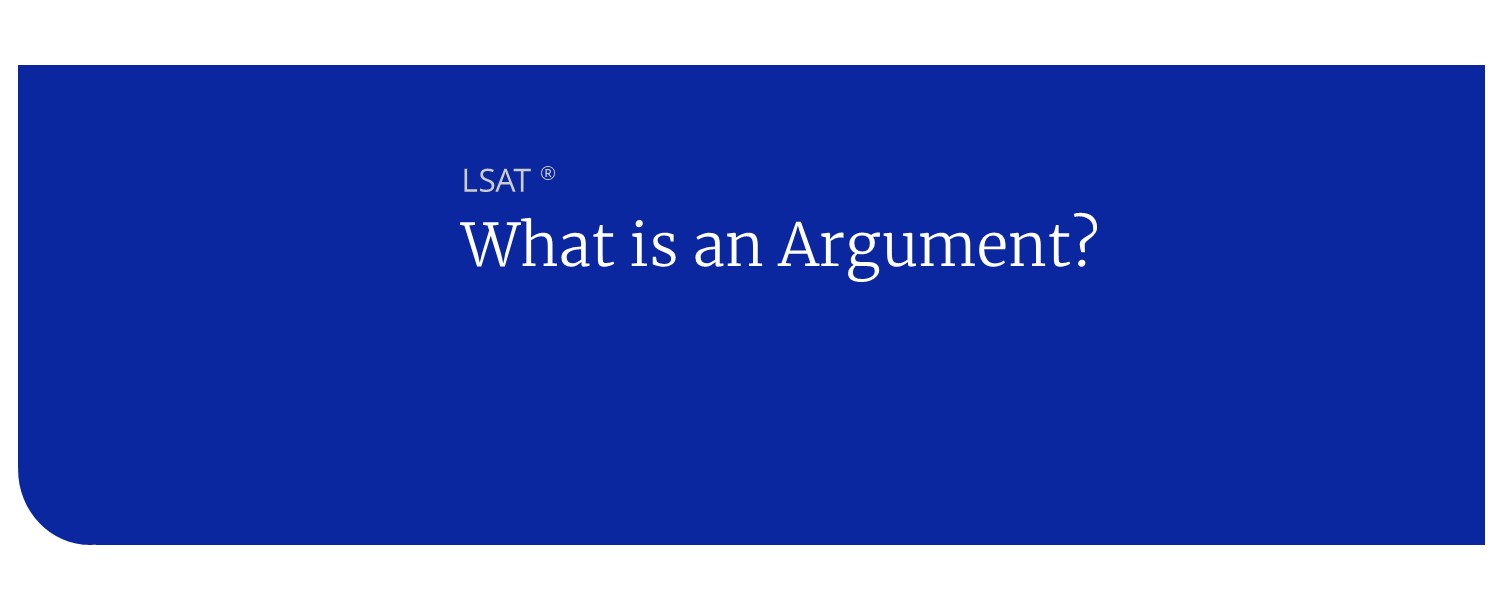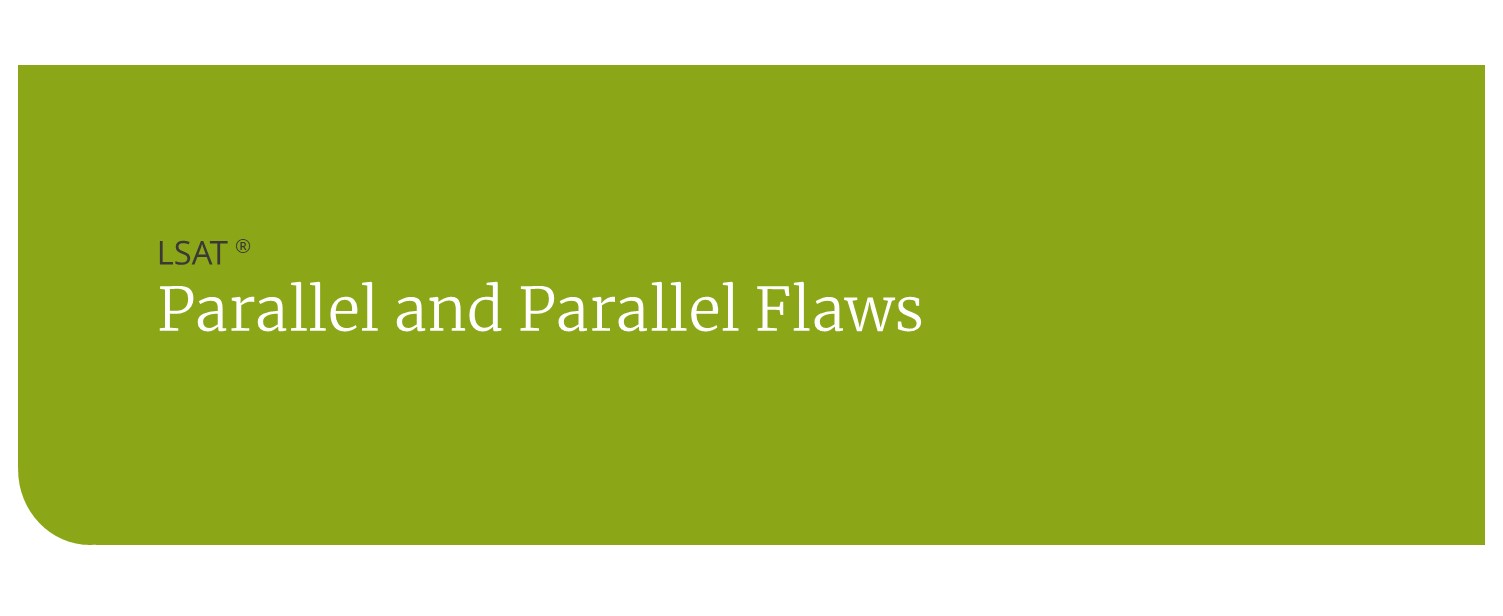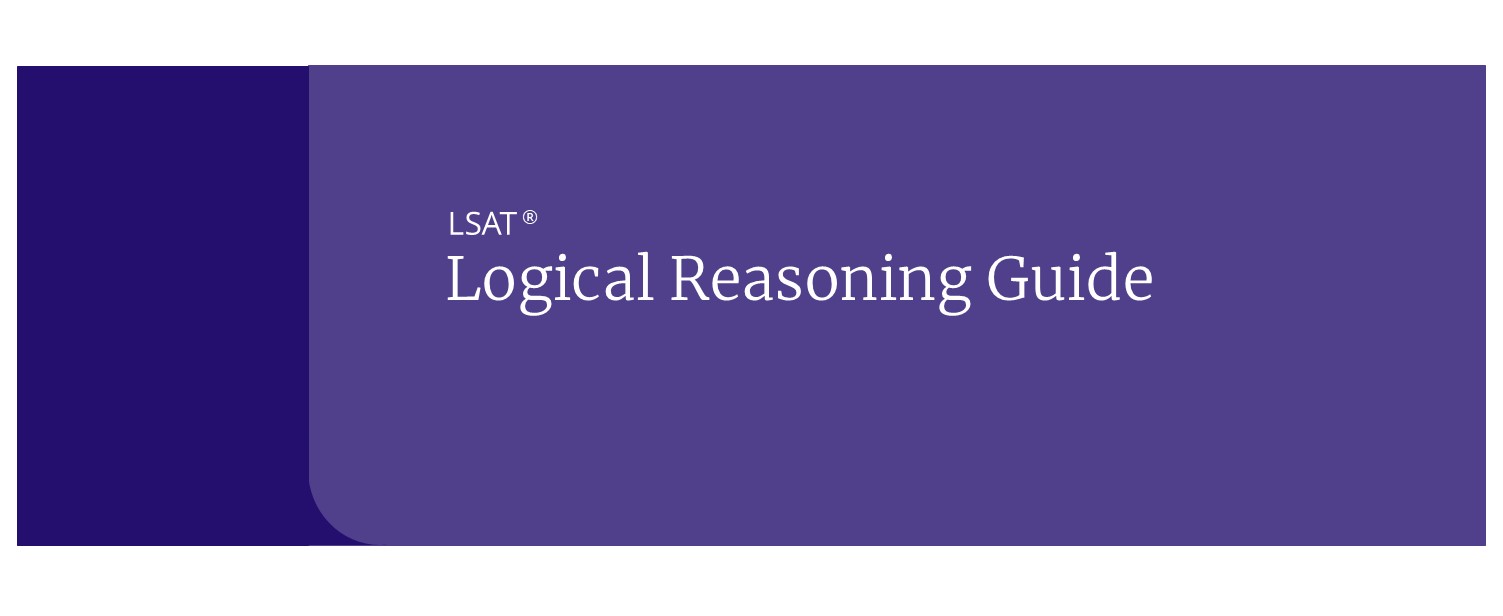What's Tested On the LSAT: Logical Reasoning
There are two Logical Reasoning (LR) sections on the LSAT. You will have 35 minutes to complete each LR section. Both sections will contain 24-26 questions and each question will be self-contained. The questions may ask you to identify what is missing in a short argument or ask you to identify a fact that would strengthen or weaken the argument. Other Logical Reasoning questions reward you for describing an argument’s logical flaw or its author’s argumentative strategy.
Other questions may contain no argument but instead, ask you to draw valid deductions from a set of statements. As you prepare for the LSAT, you’ll learn to identify each of the Logical Reasoning question types, and you’ll want to practice all of the skills you need to answer them quickly and accurately.
[ RELATED STUDYING: Top 4 Tips for Logical Reasoning on the Digital LSAT ]
Kaplan Method for LSAT Logical Reasoning Questions
You should always start Logical Reasoning questions by reading the question first. The question will let you know what to look for in the passage, from pointing out flaws in the reasoning to assumptions that the author makes. The questions could also ask you, among other things, to strengthen or weaken the argument, identify the main conclusion, infer facts from the passage, or parallel the reasoning.
There are roughly 15 different question types that are commonly asked in these sections. With some practice, you will be able to identify each question type, and hopefully, learn some tricks and tips to attack those types of questions.
The next step in answering a logical reasoning question is to read the passage. This short passage is usually 3-4 sentences long and on any topic from biology to art. You don’t have to have any background on the topics of the passages, in fact, previous knowledge can confuse you sometimes.
These passages are typically composed of 2-3 premise sentences and a conclusion sentence (the conclusion is not necessarily the last sentence however). When you are practicing, and taking the LSAT, one strategy is to take a few seconds to identify what role the different sentences play in the passage.
Finally comes the list of possible answers. There will be 5 possible answer choices. The best way to attack the answers is to try and eliminate the four wrong answers, rather than picking the one answer that you think is correct. Just as with the reading comprehension section, make sure to read all of the answers every time.
While the logical reasoning questions can seem intimidating at first, if only due to the variety of skills that they test, with practice you will be able to identify the question type, how you should approach it, and common right and wrong answers.
LSAT Logical Reasoning Questions
Below are the types of questions you will be faced with on the LSAT.
Argument-Based Questions
All Argument-Based and Assumption Family questions reward your ability to identify an argument’s conclusion. Main Point questions test this skill directly.
The question types covered in this section—Main Point, Role of a Statement, Method of Argument, Point at Issue, and Parallel Reasoning questions—directly reward your ability to identify, paraphrase, and describe the explicit parts of the argument.
Six Conclusion Types for Argument-Based Questions:
- Value Judgment (an evaluative statement; e.g., Action X is unethical or Y’s recital was poorly sung)
- If/Then (a conditional prediction, recommendation, or assertion; e.g., If X is true, then so is Y or If you are an M, you should do N)
- Prediction (X will or will not happen in the future)
- Comparison (X is taller/shorter/more common/less common/etc. than Y)
- Assertion of Fact (X is true or X is false)
- Recommendation (we should or should not do X)
Assumption Questions
Every argument you’ll encounter in this section is incomplete as written. There is an essential premise that the author has left unsaid. Assumption questions ask you to identify the unstated premise.
Three Main Assumption Question Types:
- Assumption Questions: These ask directly for an unstated premise in the argument.
- Flaw Questions: These ask you to describe the error in the author’s reasoning; the error is most often related to what the author has overlooked, or how the evidence fails to establish the conclusion.
- Strengthen/Weaken Questions: These ask for facts that, if true, would make the argument more or less likely to be valid; you’ll need to understand what the author is assuming to answer most of these questions accurately and efficiently.
Non-Argument Based Questions
When approaching non-argument-based questions on the LSAT, Identify the statement that must, could, or cannot be true based on a set of statements.
Try to catalog the statements in the stimulus by:
- Identifying the most concrete statement
- Combining related statements (relationships indicated by Keywords; and/or use Formal Logic to evaluate the answer choices.)
LSAT Inferences Identification Tips:
- An inference follows only from the facts given. No outside knowledge is required.
- An inference need not be mind-blowing. Sometimes it will be simple, even obvious.
- An inference may come from a single fact, or it may require combining multiple facts. It may not be necessary to take into account all the facts given in the stimulus.
Toughest LSAT Questions Quiz
Try to answer four of the most challenging LSAT questions.
FREE PREMIUM CONTENT
Toughest LSAT Questions Quiz
Unlock the answers and explanations to all questions from our hardest LSAT questions quiz.
[Next: Logical Reasoning: What is an Argument?]





